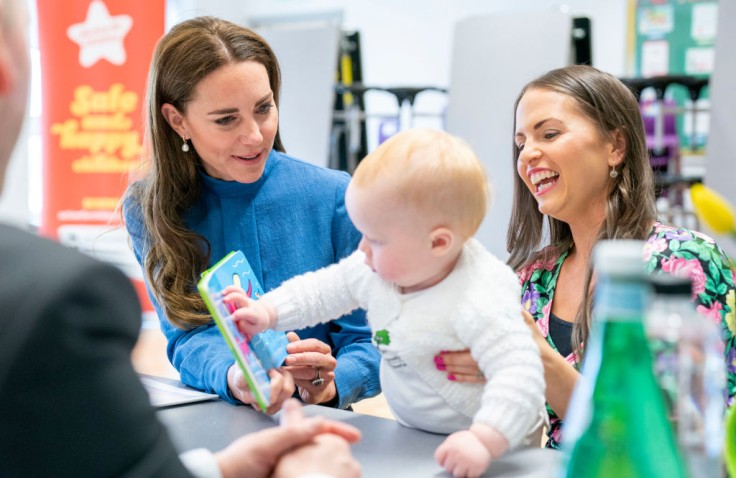
Most parents know that placing newborn babies on their backs to sleep can slash the risk of sudden infant death syndrome (SIDS), but a new study reveals that many may forget that rule when the baby wakes up crying in the middle of the night, according to U.S. News.
The researchers of the study explained that it is very common for babies to wake up in the wee hours, and parents of newborns are often sleep-deprived. Study author Dr. Mersine Bryan, a pediatrician at the University of Washington and Seattle Children's Hospital, said their findings show that caregivers may make different decisions in the middle of the night when they are exhausted than when they do when they are first putting their baby to sleep.
Bryan added that it is important to put the baby in their safe places like a crib or bassinet and always on their back to keep them safe when you as the caregiver go to sleep or fall asleep.
Healthy babies younger than 1 must be placed on their backs to sleep
The American Academy of Pediatrics (AAP) recommends that all healthy babies younger than one year of age be placed on their backs to sleep, in addition to other safe sleeping measures, including using a separate location and space. If a newborn baby cannot breathe while sleeping on their stomach, they cannot do anything to fix it and may suffocate. That is the reason why placing infants on their backs is considered safer.
The online survey of 1,500 parents of American babies found that 39 percent of parents said they changed their infant's sleep practice after nighttime waking. Fewer than half of those parents adhered to these safe sleep practices after middle-of-the-night awakenings. The researchers for the study compared sleep practices for infants aged one or younger when they first go to sleep and after nighttime waking.
Specifically, 42 percent of parents placed their infants on their backs at both time points, while 13 percent who initially put their infants on their backs did not do the same during middle-of-the-night awakenings, according to the study. The report was published online in the journal Pediatrics on May 30.
Read Also: Florida Authorities Release Mugshot of 10-year-old Florida Boy Who Threatened a Mass School Shooting
Safe-to-Sleep campaign reduced risk of SIDS by more than 50 percent
Top SIDS experts agreed that the findings in the study call attention to an important gap between action and knowledge. Dr. Kyran Quinlan, director of the division of general pediatrics at Rush University Medical Center in Chicago, said that babies are frequently put back to sleep in a less safe sleep situation after an awakening overnight.
Quinlan noted that this is important information that could help guide new education campaigns. Quinlan added that they need all the insights they can get to help parents protect their infants since this is the leading cause of death for babies between one month and one year of age.
Dr. Thomas Hegyi, medical director of the SIDS Center of New Jersey Rutgers Robert Wood Johnson Medical School in New Brunswick, New Jersey, echoed that sentiment, saying that one of the ten most important discoveries in pediatrics has been the Safe-to-Sleep campaign, which reduced the risk of SIDS by more than 50 percent. However, they still have to go further to get their message out.